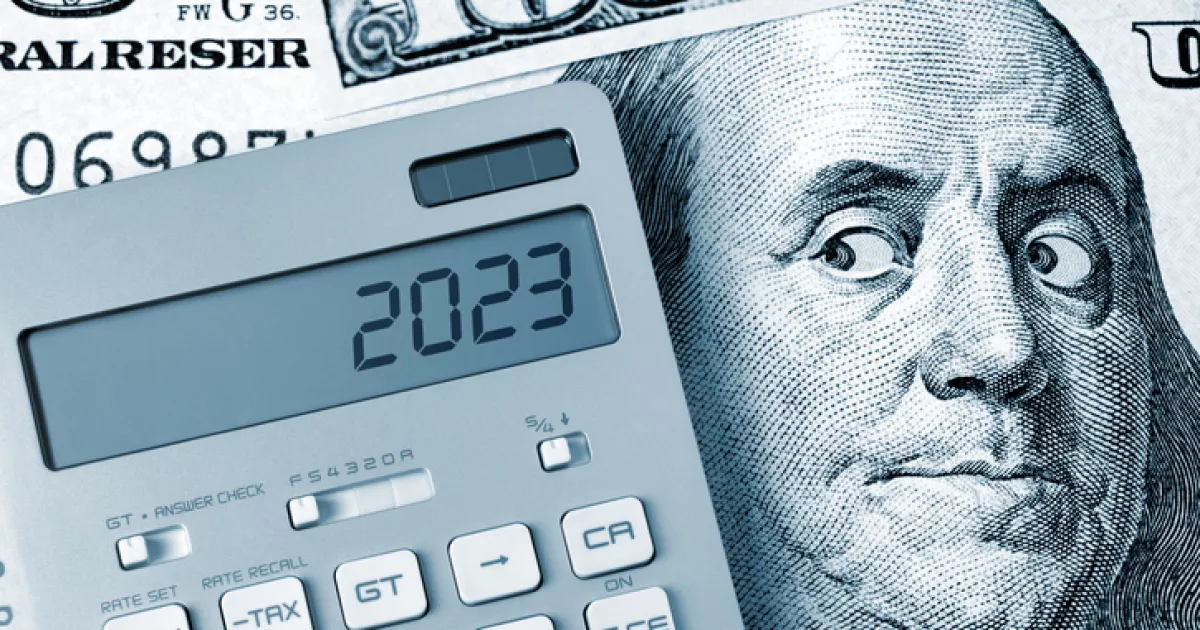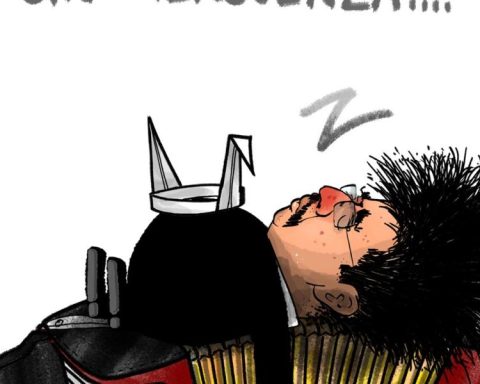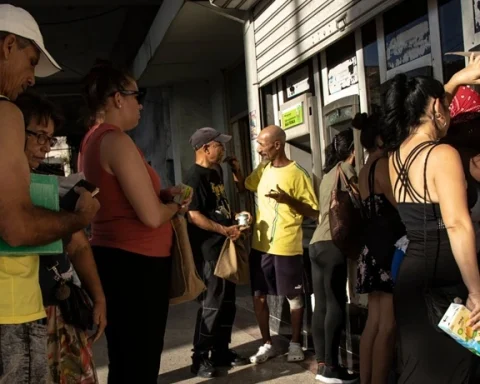“Why? Because the three main economies, the United States, the European Union and China, are slowing down simultaneously,” he said.
In October, the IMF cut its outlook for global economic growth in 2023 (to 2.7%), reflecting continued pressure from the war in Ukraine, as well as inflationary pressures and high interest rates engineered by central banks like the Federal Reserve that They aim to contain them.
China has since scrapped its zero-COVID policy and embarked on a chaotic reopening of its economy, though consumers remain wary as coronavirus cases rise. In his first comments to the public since the change, President Xi Jinping in a New Year’s address on Saturday called for greater effort and unity as the country enters a “new phase.”
“For the first time in 40 years, China’s growth in 2022 is likely to be equal to or less than global growth,” Georgieva said.
In addition, a sharp surge in COVID infections expected there in the coming months is likely to hit its economy further this year and drag down regional and global growth, Georgieva said.
“I was in China last week, in a bubble in a city where there is no COVID,” he said. “But that’s not going to last once people start traveling.”
“Over the next few months, it will be difficult for China and the impact on Chinese growth will be negative, the impact on the region will be negative, the impact on global growth will be negative,” he said.

















